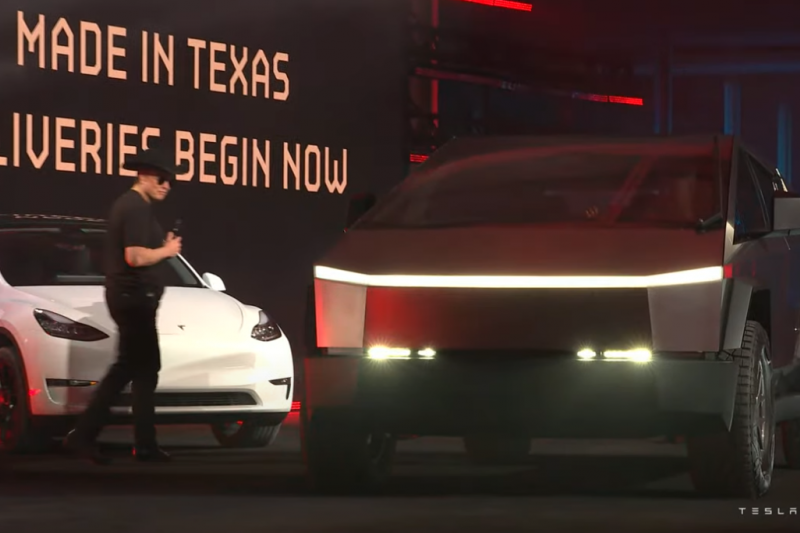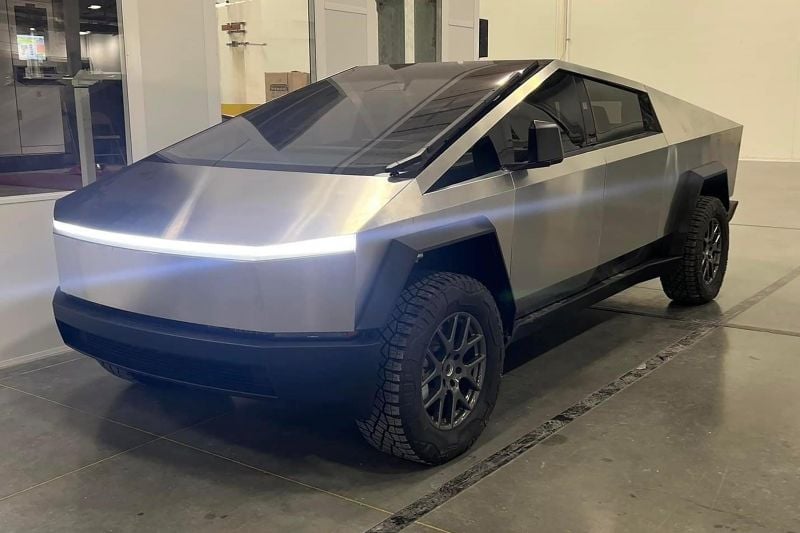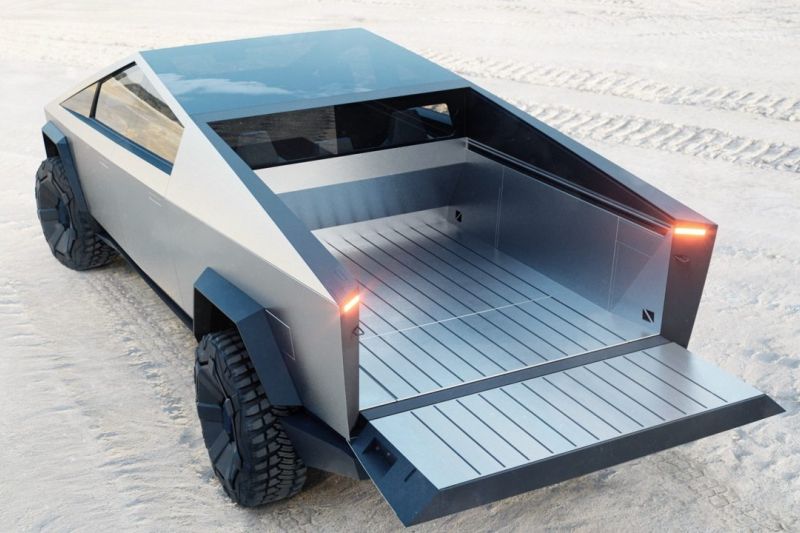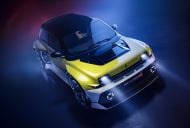Tesla CEO Elon Musk has made another bold claim on Twitter, claiming the upcoming Cybertruck will be semi-amphibious.
He claims the electric pickup truck “will be waterproof enough to serve briefly as a boat”, and cross lakes, rivers and even seas – provided they’re not too choppy.
The goal is to make the Cybertruck capable of crossing the channel from the SpaceX Starbase in Boca Chica to South Padre Island.
That would involve crossing the Brazos Santiago Pass which, according to the US Army Corps of Engineers, has a depth of 12.8m.
While videos on social media have shown even Model 3s deftly tackling flooded streets – emphasis being on ‘streets’ – Musk’s claim the Cybertruck can traverse great bodies of water seems to be inviting some poor choices from future owners.
Some Tesla owners have already proven foolish, abusing the Autopilot Level 2 autonomous driving feature by sitting in the back seat or playing games instead of remaining attentive behind the steering wheel.
Musk has made various claims about Tesla and its products over the years that have yet to come to fruition. For example, he claimed in 2019 that the following year would see one million Tesla robotaxis on the road, while his company revealed the Roadster and Semi in 2017 but have yet to reach production.
The Cybertruck has been similarly affected by repeated delays, with Musk recently confirming pricing and specifications will be different from those announced way back in 2019.
He said in August the company will start installing the production equipment and tooling over the next couple of months at Tesla’s recently-opened plant in Austin, Texas.
“We’ll begin the installation, so aiming to be in volume production middle of next year,” he said. The truck has already been beaten to market by the GMC Hummer EV, Ford F-150 Lightning and Rivian R1T, and the Chevrolet Silverado EV may also join that list.
Musk had confirmed in January that Cybertruck production had been pushed to 2023 due to parts supply constraints. At its reveal, Tesla had said it would enter production in 2021 – admittedly, thus far this has proved to be a much shorter delay than that afflicting the Roadster.
Since its reveal, Tesla has made some key changes to Cybertruck prototypes, including adding a large windscreen wiper and exterior mirrors.
In April, Tesla previewed a Cybertruck with different wheels, though there were no door handles – Mr Musk cryptically said the car “can just tell that you’re there and knows that it needs to open”.
Specifications were removed from Tesla’s website late last year, and pricing was removed from the US site.
Before the page update, which affected all global Tesla sites, Tesla’s page for the Cybertruck listed three variants: a single-motor rear-wheel drive model, and dual- and tri-motor all-wheel drive models.
Payload was a claimed 1600kg across the range, with the tri-motor AWD offering a claimed 800km of range, 6.4t towing capacity, and a rapid 2.9-second sprint to 60mph (96.6km/h).
In the US, these were priced at US$39,900, $49,900 and $69,900, respectively (A$53,705, $67,165 and $94,085). That base price was only around $3000 more than a base Model 3 in the US at the time.
While Musk has indicated pricing will be higher, there’s been some subsequent good news for buyers in the US as the Senate passed the Inflation Reduction Act over the weekend, which included a change to the US$7500 tax credit for electric vehicle purchases.
All EVs built in North America will be eligible for the tax credit, regardless of whether their manufacturer has already reached the vehicle cap for this incentive, as Tesla did a few years ago.
While the Cybertruck appears on Tesla’s Australian site, Mr Musk has been unclear about whether his company would offer a smaller ute for markets like Australia and Europe.
In August 2020, he told Automotive News he was “fundamentally” making the Cybertruck as a “North American ass-kicker”, but said a more conventional-looking pickup was the “fallback strategy”.
“If it turns out nobody wants to buy a weird-looking truck, we’ll build a normal truck, no problem,” he said, conceding the Cybertruck’s polarising styling could alienate customers.
In September 2020, he also said: “We’ll probably make an international version that’s smaller.”
“It will still be cooler, it will just be smaller, because you can’t just make a giant truck like that for international markets.”
Subsequently, he appeared to rule out a smaller pickup on Twitter, posting, “Even 3% smaller is too small”.











